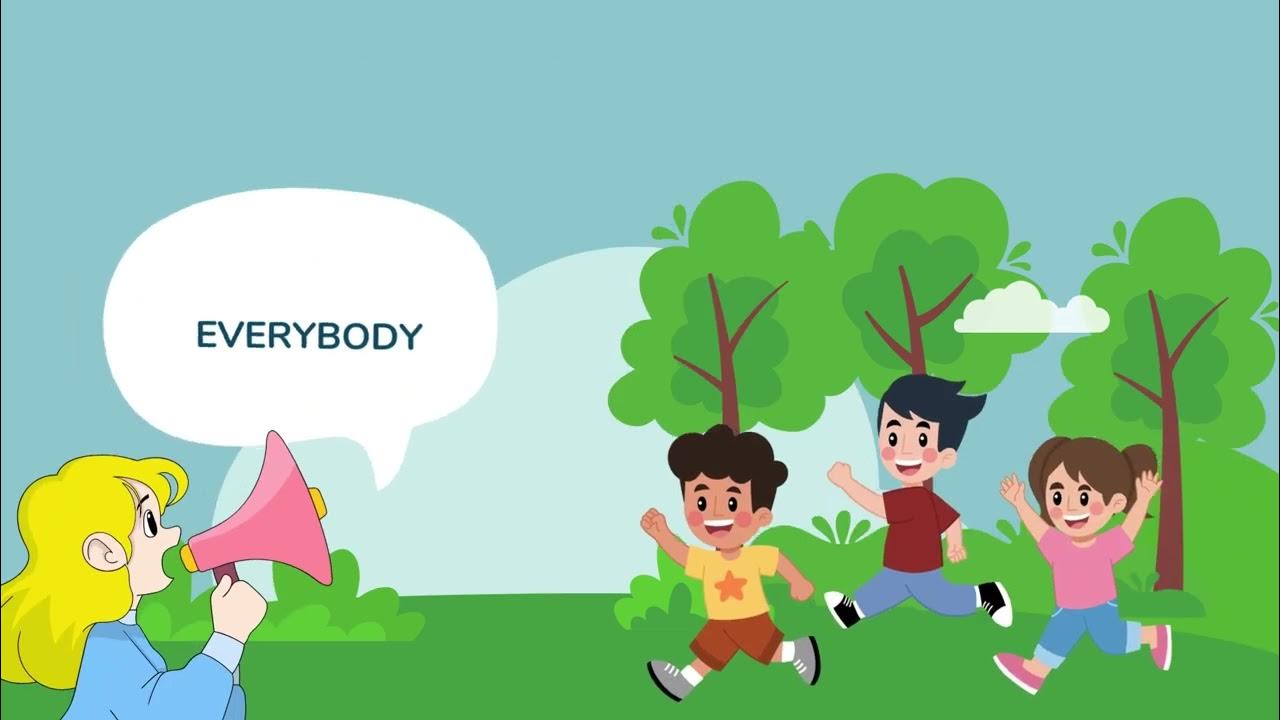TRANSLATION SKILLS||DrWaheedJatoi||
Summary
TLDRThis video explores the art of translation, highlighting its crucial role in cross-cultural communication. It explains the three types of translation: literal, free, and idiomatic, while emphasizing the importance of cultural context. The video also touches on transcription and paraphrasing, discussing their role in effective communication and translation. It delves into the challenges of translation, such as language complexities and cultural differences, and provides best practices for quality translation. The video underscores the significance of translation in global business, education, diplomacy, and media, promoting better international understanding.
Takeaways
- 🔄 Translation is the art of converting one language into another, preserving the 'magic' of both the source and target languages.
- 🌐 Translation plays a pivotal role in cross-cultural communication, enabling the exchange of ideas, cultures, and services across linguistic barriers.
- 📚 There are three main types of translation: literal translation (word-for-word), free translation (sense-for-sense), and idiomatic translation (focusing on idioms and expressions).
- 🔍 The translation process involves several key steps: understanding the source text, analyzing context and culture, researching terminology, translating, reviewing, editing, proofreading, and finalizing the translation.
- 🌍 Translation is vital in various fields such as global business, education, literature, media, and diplomacy, ensuring accessibility for diverse audiences.
- 🤔 Challenges in translation include language complexities, cultural differences, contextual understanding, idiomatic expressions, and technical terminology.
- 🔧 Best practices for translation include understanding the target audience, using culturally sensitive language, collaborating with native speakers, and considering local norms and customs.
- ✍️ Paraphrasing involves rewording or rephrasing someone else's ideas while maintaining the original meaning and can be a tool used in translation for clarity and adaptation.
- 📋 Transcription is the process of converting spoken content into written text and can be categorized into four types: verbatim, clean verbatim, edited, and intelligent verbatim transcription.
- 💡 Transcription is important for accessibility, documentation, research, content creation, and subtitling, and it also plays a role in translation, ensuring accurate and clear communication across different media.
Q & A
What is translation, according to the script?
-Translation is the process of converting text or spoken words from one language (the source language) into another language (the target language), facilitating communication and understanding between people who speak different languages.
What are the three types of translation mentioned in the script?
-The three types of translation are: 1) Literal translation (word-for-word), 2) Free translation (sense-for-sense), and 3) Idiomatic translation (focuses on idioms and expressions).
Why is cultural analysis important in the translation process?
-Cultural analysis is important because some idiomatic expressions or cultural references may not have direct equivalents in the target language, requiring the translator to find appropriate substitutes to maintain the meaning.
What are the key steps in the translation process outlined in the script?
-The key steps are: 1) Understanding the source text, 2) Analyzing context and culture, 3) Researching terminology and references, 4) Translating the text, 5) Reviewing and editing, 6) Proofreading, and 7) Finalizing the translation.
What is the significance of translation in global business and trade?
-Translation is crucial for global business and trade as it enables communication across languages and cultures, facilitating international collaboration, commerce, and cultural exchange.
How does paraphrasing relate to translation, according to the script?
-Paraphrasing is a tool in translation used to clarify meaning, adapt cultural expressions, and maintain readability. While paraphrasing is done within the same language, it helps translators convey the intended meaning when a direct translation might be unclear.
What is the primary purpose of paraphrasing?
-The primary purpose of paraphrasing is to reword or rephrase someone else's ideas, text, or speech using different words while retaining the original meaning. It helps clarify and simplify complex concepts.
What are the challenges in translation as mentioned in the script?
-The challenges include language complexities, cultural differences, contextual understanding, idiomatic expressions, and technical terminology.
How is transcription different from translation?
-Transcription involves converting spoken language or audio/video content into written text, while translation involves converting text from one language to another. Transcription does not involve changing languages.
What is the importance of high-quality translation services in today's globalized world?
-High-quality translation services are essential for preserving linguistic and cultural nuances, fostering global connectivity, strengthening international relationships, and promoting cultural exchange, ultimately creating a more interconnected and inclusive world.
Outlines

Dieser Bereich ist nur für Premium-Benutzer verfügbar. Bitte führen Sie ein Upgrade durch, um auf diesen Abschnitt zuzugreifen.
Upgrade durchführenMindmap

Dieser Bereich ist nur für Premium-Benutzer verfügbar. Bitte führen Sie ein Upgrade durch, um auf diesen Abschnitt zuzugreifen.
Upgrade durchführenKeywords

Dieser Bereich ist nur für Premium-Benutzer verfügbar. Bitte führen Sie ein Upgrade durch, um auf diesen Abschnitt zuzugreifen.
Upgrade durchführenHighlights

Dieser Bereich ist nur für Premium-Benutzer verfügbar. Bitte führen Sie ein Upgrade durch, um auf diesen Abschnitt zuzugreifen.
Upgrade durchführenTranscripts

Dieser Bereich ist nur für Premium-Benutzer verfügbar. Bitte führen Sie ein Upgrade durch, um auf diesen Abschnitt zuzugreifen.
Upgrade durchführenWeitere ähnliche Videos ansehen
5.0 / 5 (0 votes)






